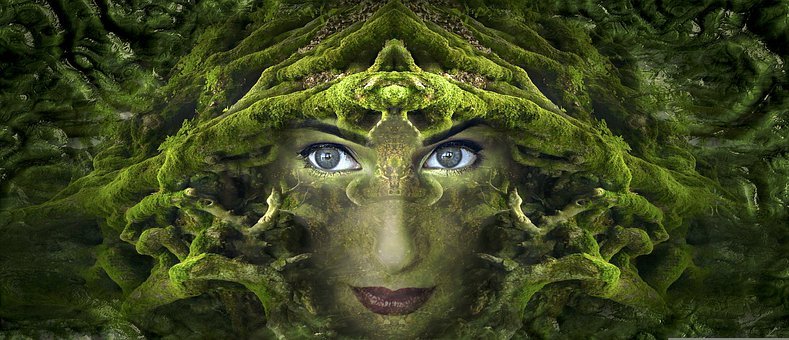*** In a virtual colloquium, framed in the 50th anniversary of the Directorate of Ethnology and Social Anthropology, specialists address the issues
*** The general director of the INAH, Diego Prieto Hernández, highlighted the influence of these currents in the liberal and revolutionary thought of Mexico
Until December 15, in the virtual colloquium “Spiritism, Theosophy and Spiritualism in Religion, the Arts and History”, about 30 specialists will explore these doctrines conceived with a tripartite nature: a non-dogmatic religious base; another moral, articulated in philanthropy and solidarity, and the “scientific”, supported by experiments with spiritual forces.
This academic activity, framed in the 50th anniversary of the Directorate of Ethnology and Social Anthropology (DEAS) and the Mexican Society for the Study of Religions (SMER), is organized by the Ministry of Culture of the Government of Mexico, through the National Institute of Anthropology and History (INAH), which also pays a posthumous tribute to the anthropologist Silvia Martha Ortiz Echániz.
When inaugurating the colloquium, which is transmitted by //www.youtube.com/@INAHTV”>INAH TV, the general director of INAH, Diego Prieto Hernández, asserted that the revision of these doctrines demonstrates their influence in Mexico, due to the fact that important figures in its political and social life They were supporters, like former President Francisco I. Madero.
“The religious phenomenon is changing. We cannot ensure that Mexico is Catholic, it would be to ignore the growing adoption, by part of its population, of other religions, or of none at all. In this case, three mystical currents that arose from the hand of the Enlightenment will be analyzed, which is why in our country they accompanied the development of liberal and revolutionary thought ”, he affirmed.
The anthropologist added that the emergence, towards the last third of the 19th century, of a large number of spiritualist societies and branches of the Theosophical Society, originally in the North American and European metropolises, and later in Latin America, is a problem that concerns the study of “scientific culture”, in a broad sense.
The head of the DEAS, Ramón Eduardo González Muñiz, highlighted that, throughout 2022, the academic program of this research center has highlighted the work of its members, with the purpose of “showing that the ethnological and socio-anthropological traditions have been revitalized on a daily basis, through its classic and constitutive thematic lines”.
Regarding Silvia Ortiz Echániz, who was a DEAS researcher, she highlighted her belonging to the generation of anthropologists from the late 1960s, who gave a new impetus to the National School of Anthropology and History. Over time, she would bequeath fundamental works on curanderismo, ritual therapy and Marian Trinitarian spiritualism.
In turn, González Muñiz highlighted the relationship of the management under his charge, with external academic organizations and trade associations, such as the SMER, thanks to the tenacity of the INAH emeritus researcher and honorary president of this organization, Yolotl González Torres.
On his occasion, the president of SMER, Benjamín Preciado Solís, said that this society “has focused on the human religious phenomenon, that is, universal, thus, we have analyzed Judaism, Christianity, Islam, classical religions, Hinduism , Buddhism”.
The anthropologist Leonel Durán Solís recognized the wide call for the virtual colloquium “Spiritism, Theosophy and Spiritualism in Religion, the Arts and History”, by the Central Espiritista Mexicana and the Mexican section of the Theosophical Society, in addition to Costa Rican researchers.
The speakers on this first day explained that spiritualists and theosophists made an unusual use of scientific discourse, by incorporating statements from the physical-natural sciences to apply them to objects such as the “forces” of the mind (in a literal, not metaphorical sense), the spiritual-magnetic “fluid”, the conception of thought as “matter” or, alternatively, as “energy”, among other syncretic variants.
They analyze spiritism, theosophy and spiritualism, from religion, arts and history

